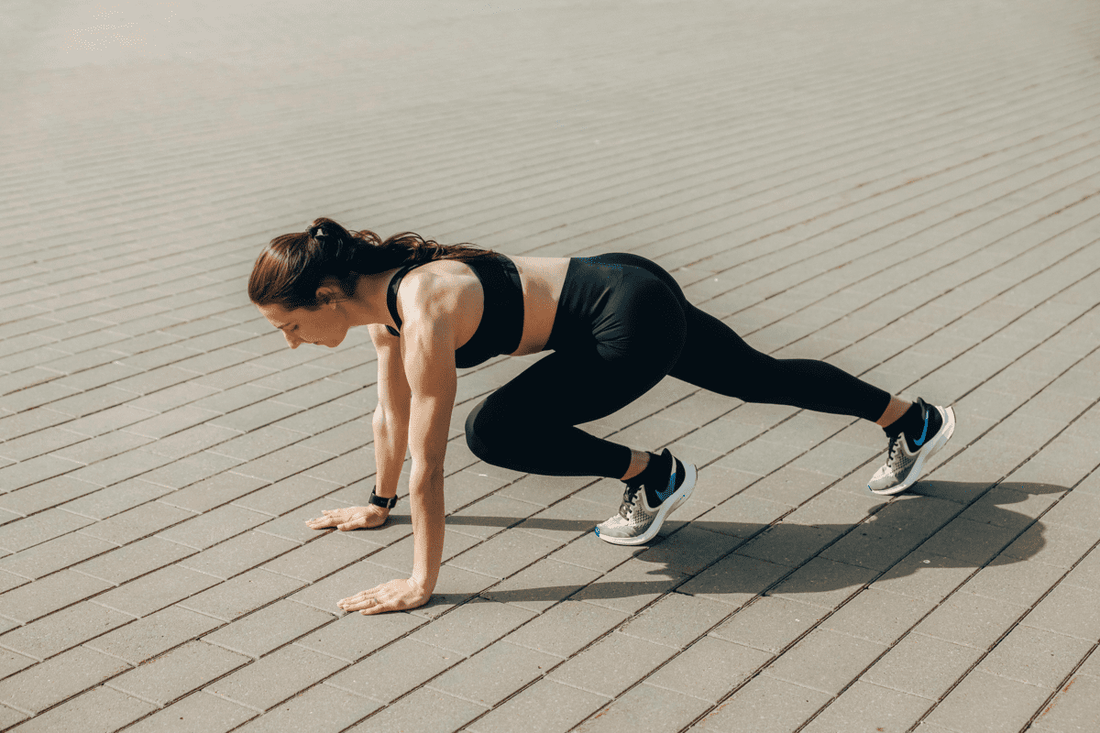Subscribe Us
Subscribe to our newsletter and receive a selection of cool articles every week
The best stretches to avoid injuries

It is known that stretching is one of the most effective ways to reduce the risk of injury. Whether you train any sporting discipline seeking to improve strength, endurance or maintenance, spending time on a proper stretching routine can make the difference between a successful workout and an injury that leaves you sidelined.
Here we are going to give you all the information related to stretching such as those most recommended to avoid a possible injury, when you should do them, as well as those mistakes you should avoid.
Why stretching is essential to prevent injuries?
Before and after any physical activity, muscles require stretching , since, on the one hand, it helps prepare them and on the other, it relaxes them. Stretching helps us increase muscle flexibility, improve blood circulation and facilitates tissue oxygenation. These factors are key to avoiding muscle tension and possible tears.
Benefits of stretching
Here we present a list of the benefits they provide when practicing sports:
- Improves flexibility and range of motion.
- Reduces muscle stiffness.
- Facilitates blood circulation to active muscles.
- Helps in muscle recovery after exercise.
What happens if we don't stretch properly?
Not stretching or stretching your muscles incorrectly can cause them to become short and stiff . It can also hinder muscle recovery after physical activity , leaving you with a feeling of prolonged fatigue.
Types of stretching: when and how to do them
Knowing what types of stretches there are, as well as when to do them is key to maximizing their benefits.
Static vs. dynamic stretches
- Dynamic stretches: These are performed before exercise and help prepare the muscles for movement. They involve smooth, controlled movements that mimic the exercises that will be performed.
- Static stretches: They are recommended at the end of the workout to relax the muscles. They involve holding a stretch position for 20-30 seconds without bouncing.
When to stretch: before or after exercise?
- Before exercise: It is ideal to perform dynamic stretches to warm up the muscles.
- After exercise: Static stretches should be performed to improve flexibility and reduce muscle tension.
The best stretches for each part of the body
Each muscle group requires different types of stretches to optimize their flexibility and avoid specific injuries.
Stretches for the back:
- Cat and cow stretch: This stretch improves the mobility of the spine.
- Lower back stretch: Lie on the floor and draw your knees toward your chest to relieve tension in your lower back.
Stretches for legs and lower body:
- Quadriceps Stretch: Standing, bring one foot toward your glutes while keeping your knees together.
- Hamstring Stretch: Sitting on the floor with one leg straight, lean forward and touch your toes.
Stretches for the upper body and arms:
- Deltoid stretch: Cross one arm over your chest and use your other hand to press it toward your body.
- Triceps Stretch: Bring one arm behind your head and use your other hand to push down on your elbow.
Common mistakes when stretching
To avoid injuries when stretching, it is important to know the most common mistakes that are usually made, in order to correct them and perform the stretches safely and effectively.
Cold stretching
One of the most common mistakes is to start stretching without having previously warmed up. Warming up prepares muscles and joints for effort, so doing a brief routine before stretching is key to avoiding injury and ensuring stretches are done safely.
Force range of motion
Forcing muscles to stretch beyond their capacity can lead to serious injuries. Always stretch in a controlled and smooth manner, without bouncing.
Additional Tips for a Safe and Effective Stretching Routine
To make a stretching routine safe and effective, here are some tips:
Recommended duration and frequency
Stretch at least 3-4 times a week, and be sure to hold each position for at least 20-30 seconds to maximize the benefits.
Incorporate other recovery techniques
Combine stretching with other techniques, such as sports massage or pressotherapy, for a more complete recovery.
Literature
- The best stretches to avoid injuries Roderismo
- Stretching: Focus on flexibility de Mayo Clinic
- The importance of stretching de Harvard Health Publishing








